How to become an interior designer
Do you have a passion for interior design? Are you always following the latest trends in home decor? If so, then you may be thinking about becoming an interior designer. It can be a challenging but rewarding career. It takes skill, determination, and the ability to work with others. If you’re ready to start your career in this field, keep reading because this post will show you how to become an interior designer.
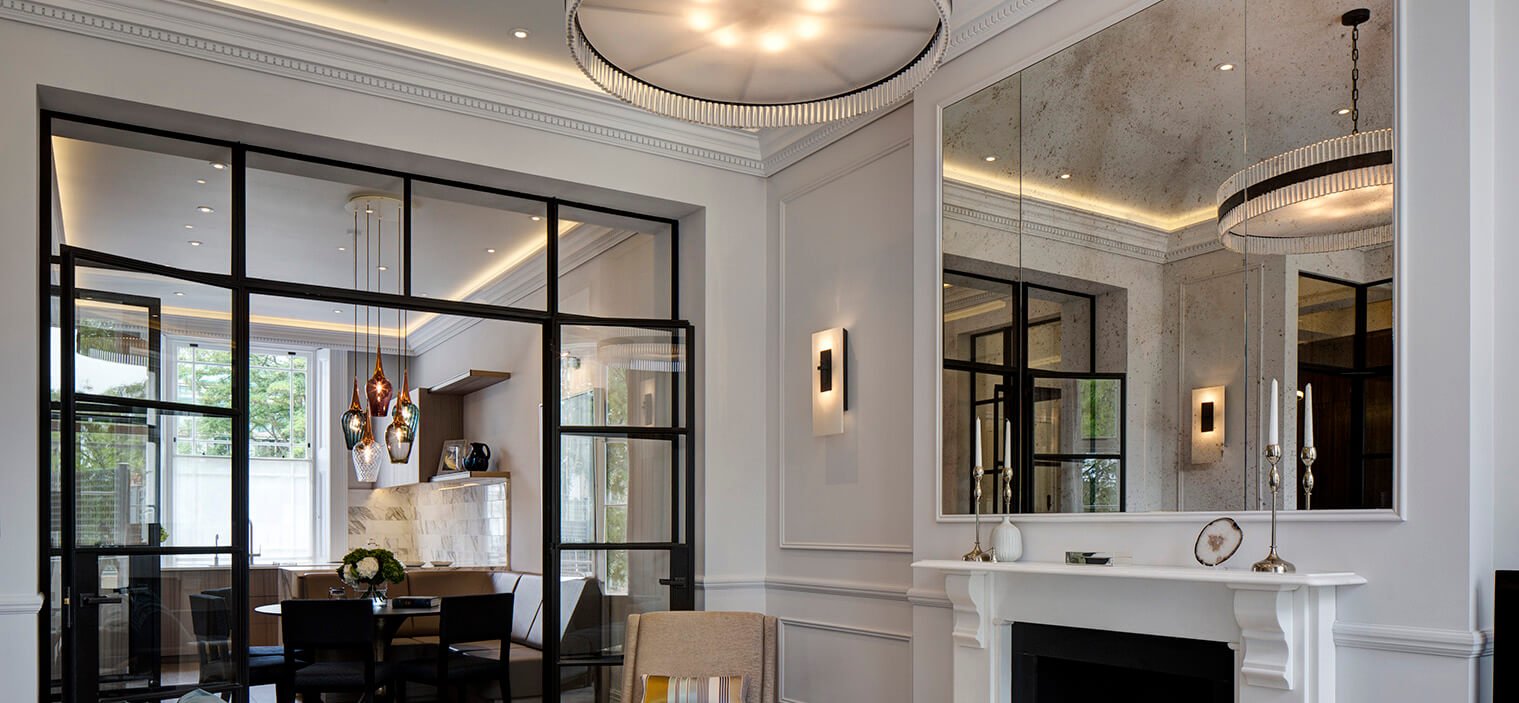
Interior design is a coveted profession. Many think it is about picking out pretty things and making the space look nice. Nevertheless, there is much more to it. Interior Designers must be creative and capable of problem-solving and critical thinking. When it comes to architecture and design, there are numerous possible areas of specialisation. You may focus on residential, commercial, hospitality, or sustainable design. Once you have determined your area of expertise, it is time to consider how to become an Interior Designer.
Qualifications to be an Interior Designer
If you want to become an Interior Designer, you will need to meet certain work experience and interior design education requirements.
1. Degree in interior design:
Most Interior Designers have a bachelor’s degree in interior design. This four-year programme will give you the skills and knowledge you need to succeed in this field. Interior design experience: Besides having a degree, many employers also want to see that you have some experience in interior design.
2. Licence in Interior design:
Depending on the state where you work, you may also need a licence in interior design. You may need to be licenced to practise Interior Design in some states. This usually requires passing a test and completing a certain number of continuing education credits.
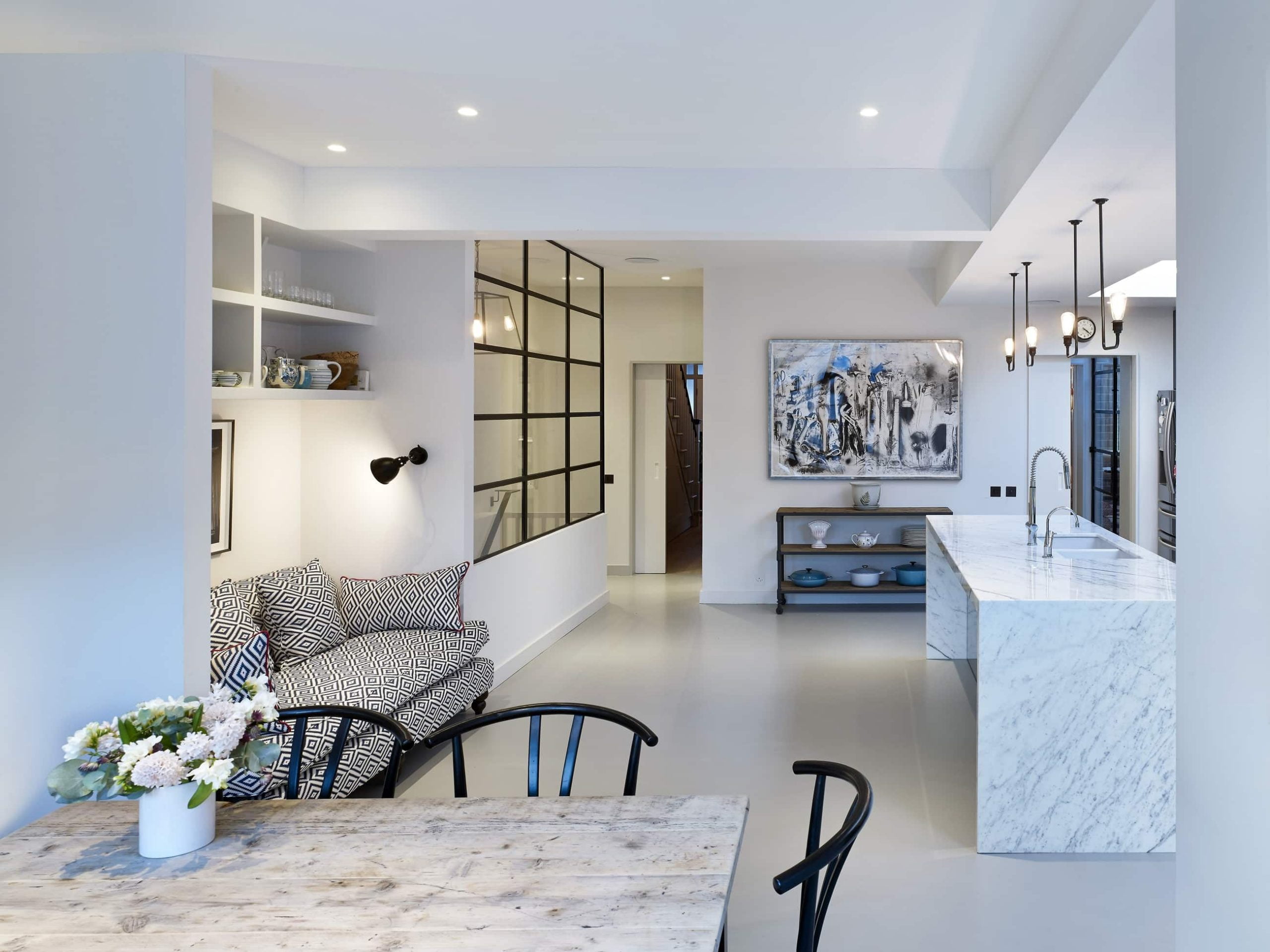
3. Experienced professionals in the field of interior design:
You may think, “How can I get experience if no one hires me without it?” There are several ways that you can gain some experience.
- Volunteering
- Internship
- Part-time or Entry-level job
Volunteering to work on design projects is an option. This could range from remodelling a friend’s living space to participating in a community service project. Another way to gain experience is to do internships with design firms or other businesses related to interior design. These opportunities will allow you to learn from experienced professionals and get hands-on experience in the field. You can also look for part-time or entry-level positions with design firms. These jobs may not be directly related to design, but they will give you some exposure to the industry and allow you to start building your portfolio. It will also help you with your job interview. The more experience you have, the more you are likely to earn.
Skills needed to be an Interior Designer
In addition to having the proper education and experience, there are also specific skills that you will need to be successful in this field.
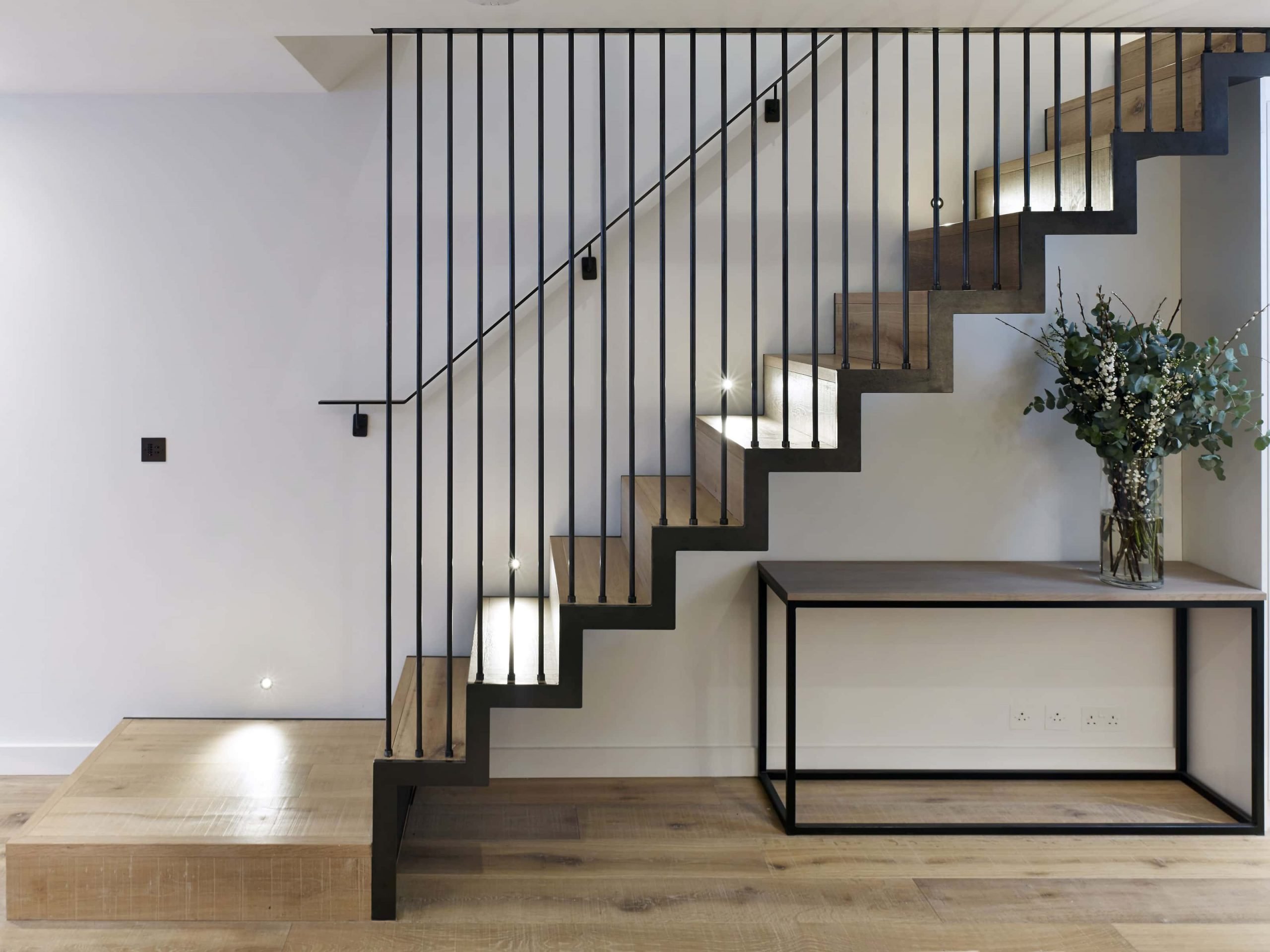
1. Creativity:
You will need to be creative as an interior designer. This requires the development of innovative and creative design ideas.
2. Problem-solving
You will also need to be able to problem-solve. This means being able to identify problems and come up with creative solutions.
3. Communication
Another essential skill for Interior Designers is communication. You will need to communicate your ideas in written form and verbally clearly.
4. Organization:
Interior Designers must also be organized. This means being able to keep track of multiple projects and deadlines.
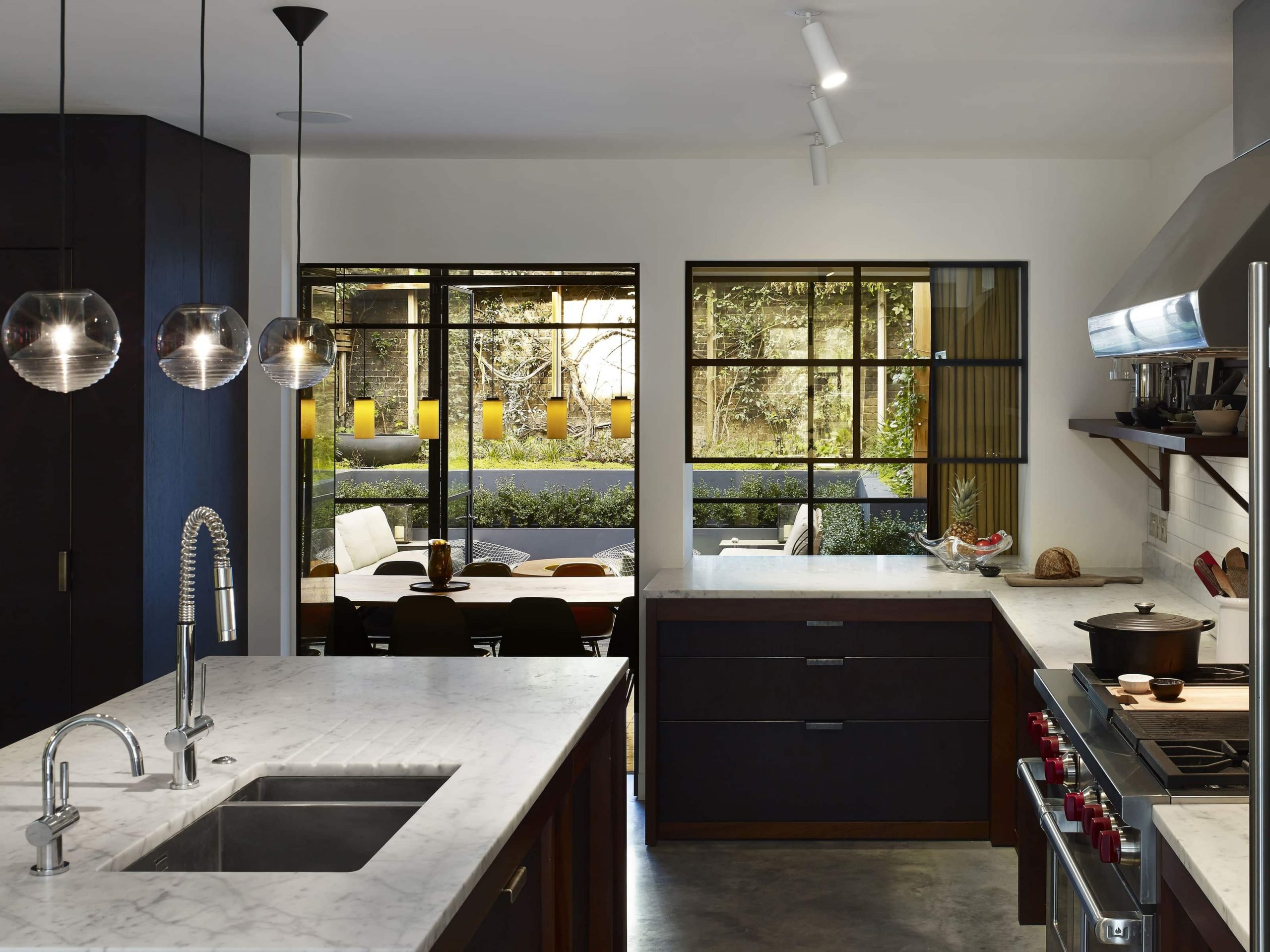
5. Visualization
Another essential skill for Interior Designers is visualization. This means visualising how a space will look once it is completed.
6. Detail-oriented
Finally, you will need to be detail-oriented. This means paying attention to small details and ensuring everything is in place.
7. Sketching ability and computer knowledge
As an Interior Designer, you will also need to have some sketching ability and computer knowledge skills. Sketching is a helpful way to communicate your ideas to clients or colleagues. You should also be familiar with different types of computer software, such as CAD software.
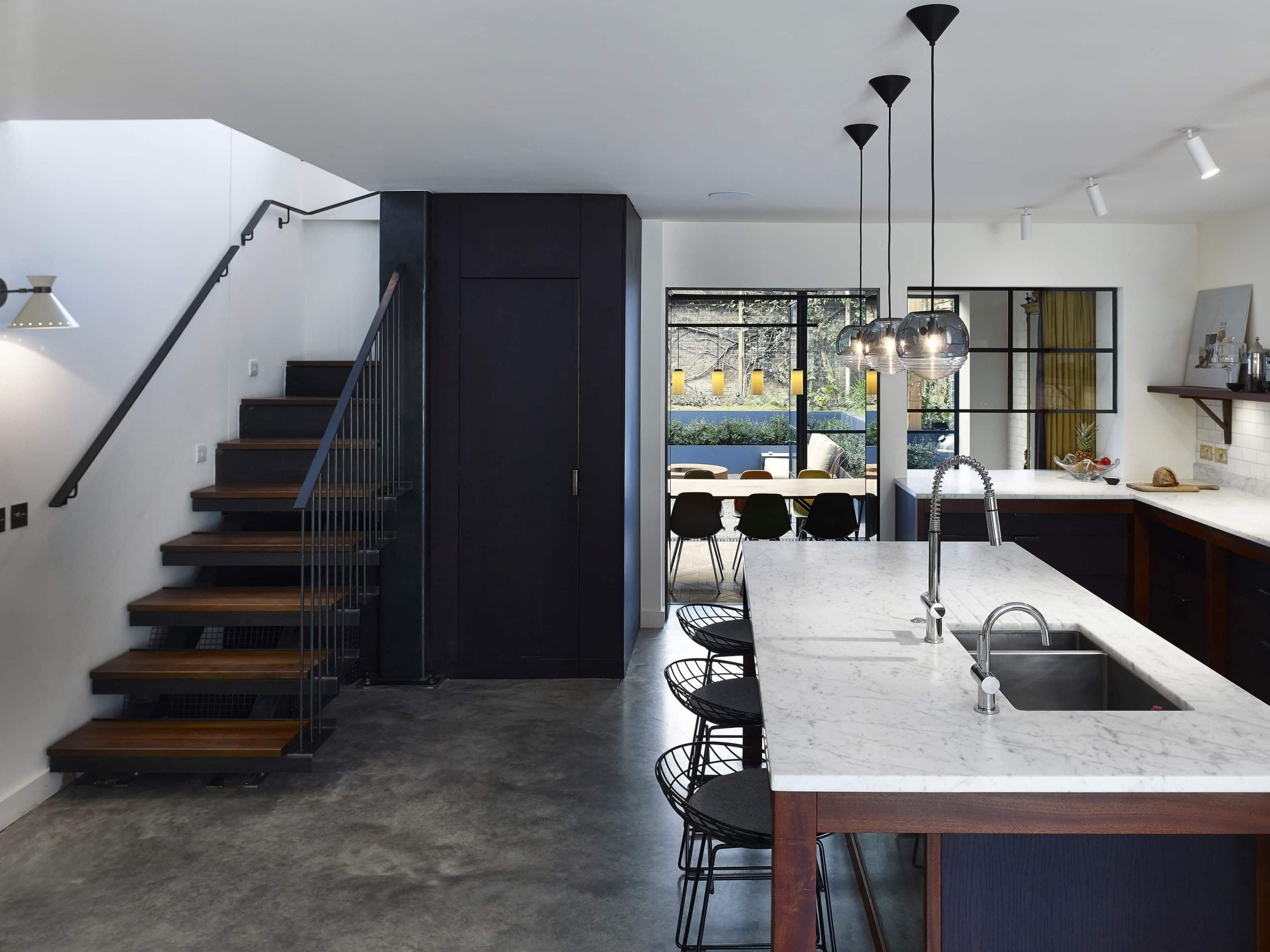
Different types of Interior Designers
There are different types of Interior Designers. The designer you are will depend on your education, experience, and area of expertise.
Some common types of Interior Designers include:
1. Commercial Interior Designer
A commercial Interior Designer works on designing spaces for businesses. This could include office buildings, retail stores, restaurants, hotels, etc.
2. Home Interior Designer
A residential Interior Designer works on designing spaces for people’s homes. This could include anything from a single room to an entire house.
3. Eco-friendly Interior Designer
A sustainable Interior Designer focuses on creating environmentally friendly designs. This could include using sustainable materials, incorporating energy-efficient lighting, and more.
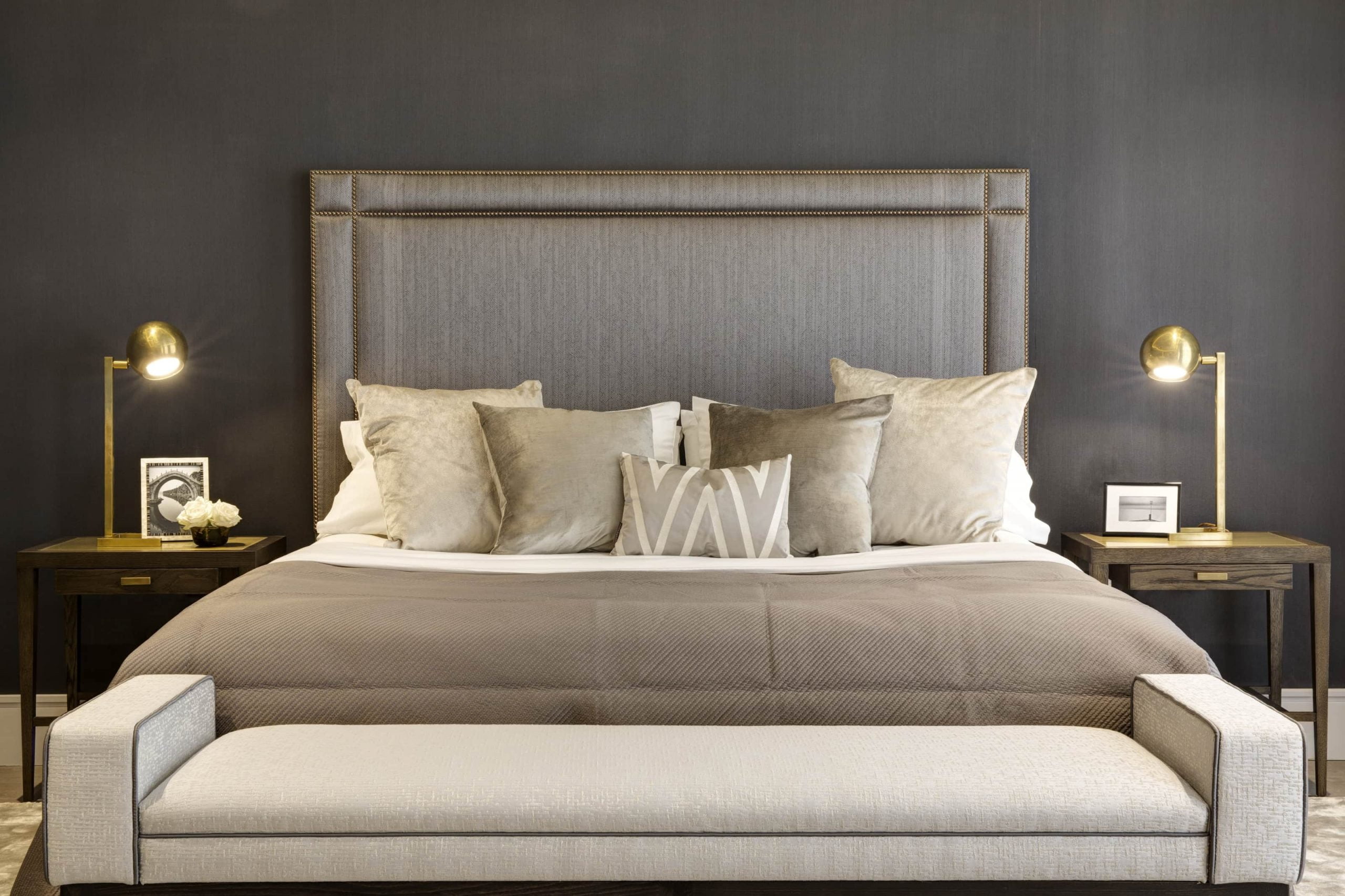
4. Universal Design Interior Designer
A universal design Interior Designer focuses on creating designs that are accessible to everyone. This could include incorporating ramps, wide doorways, and grab bars into a space.
5. Event Design Interior Designer
An event Interior Designer works on designing spaces for events. This could include weddings, parties, conferences, and more.
Five tips for becoming an Interior Designer
Now that you know the qualifications and skills needed to be an Interior Designer, you may wonder how to get started in this field.
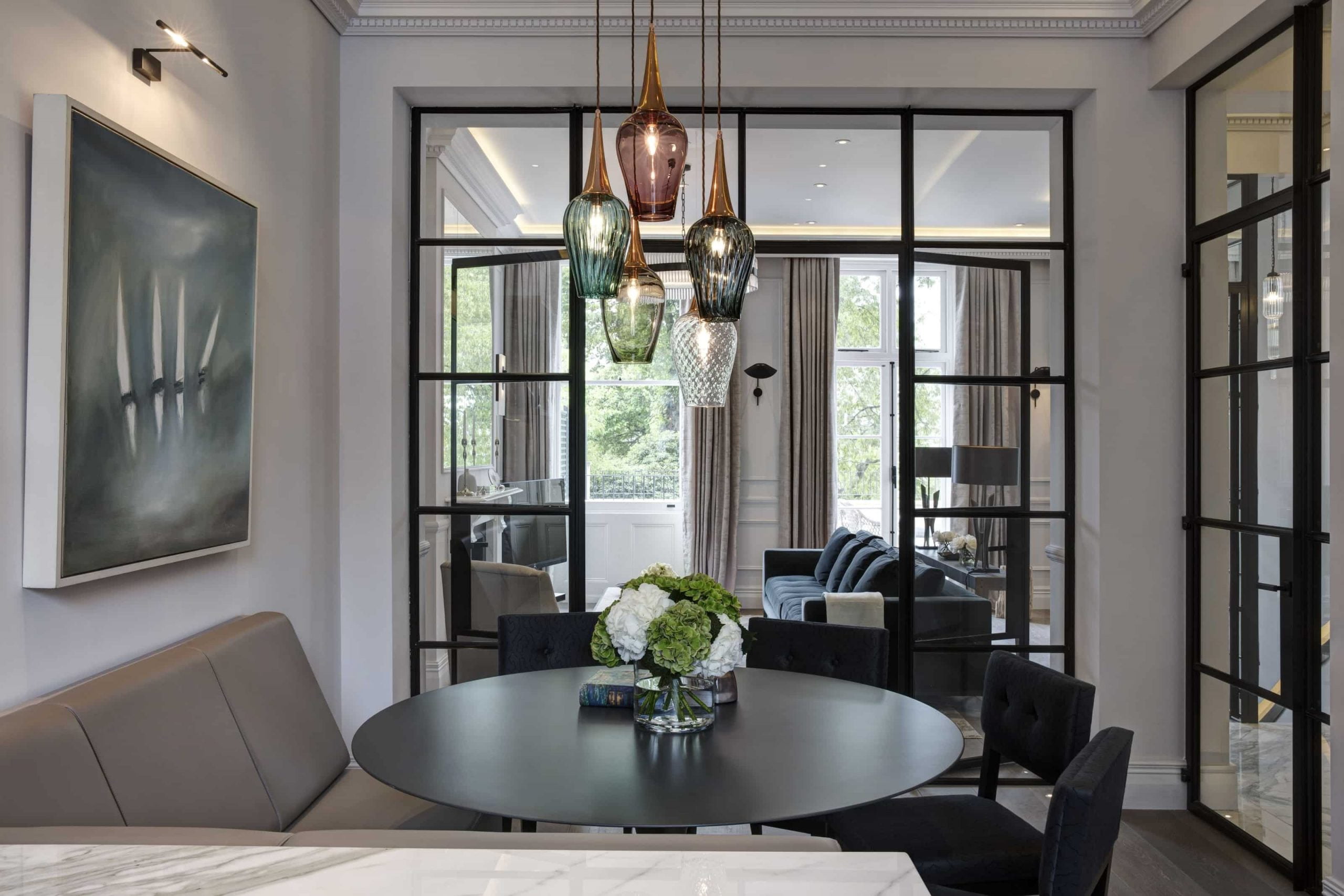
1. Build your portfolio.
Your portfolio is a collection of your best work. It is crucial to have a solid portfolio because it will show potential employers what you are capable of. When you first start, you may not have much design experience. In this case, you can include any projects you have worked on, even if they are not directly related to interior design. For example, if you have designed a room for your home or helped a friend with their home décor, you can include these projects in your portfolio. The longer you work as an interior designer, the larger your portfolio will be.
2. Build connections.
Another important tip for becoming an Interior Designer is to build connections. This means networking with other professionals in the field. You can do this by attending industry events, joining professional groups, or establishing friends with design industry professionals. Building connections will help you meet potential employers and learn about new opportunities.
3. Learn to market yourself.
In building your portfolio and making connections, you will also need to learn how to market yourself. This means creating a professional website or blog, writing articles or speeches about interior design, and participating in social media. By marketing yourself, you can show prospective employers that you are committed to your profession and an expert in your profession. The more and older you get the better you will be at it.
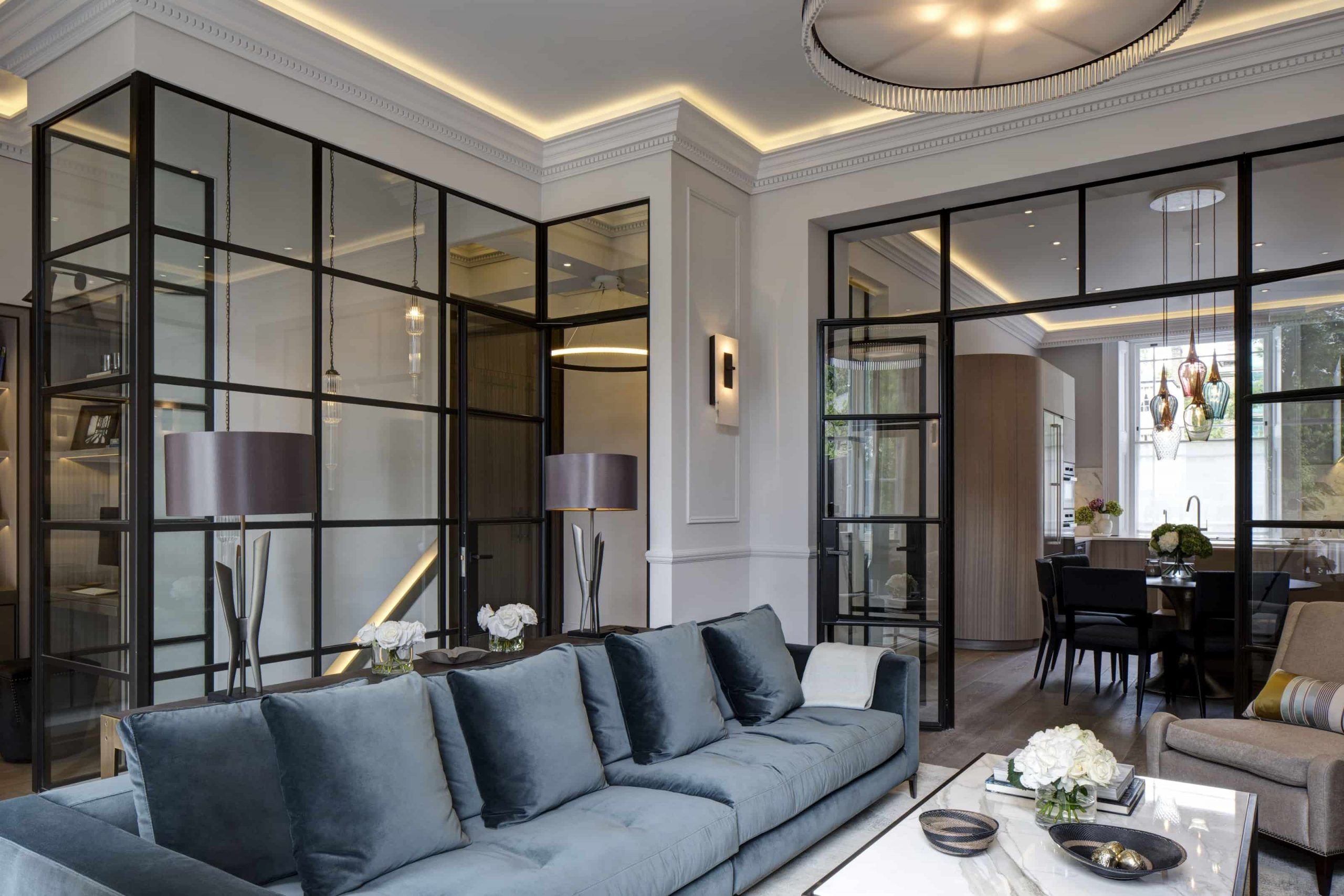
4. Take as many internships as possible.
Interning with a designer is one of the best ways to obtain expertise in interior design. Many designers are willing to take on interns, which can be a great way to learn about the industry and get your foot in the door. When starting, you may want to intern with multiple designers. This will allow you to learn about different design styles and see how other designers work. In addition, interning with multiple designers will also help you build your network and make connections in the industry.
5. Let everything inspire your creativity.
As an Interior Designer, you must be persistently inspired. This involves seeking inspiration in all your surroundings. You can find inspiration in art, nature, architecture, fashion, and everyday objects. You can develop new and innovative ideas for your projects by keeping your eyes open and being creative. If you are considering a career as an Interior Designer, use the following tips to get started. And always remember that it is never too late to pursue your aspirations. You can make your dream of working in this industry a reality with hard work and dedication.


